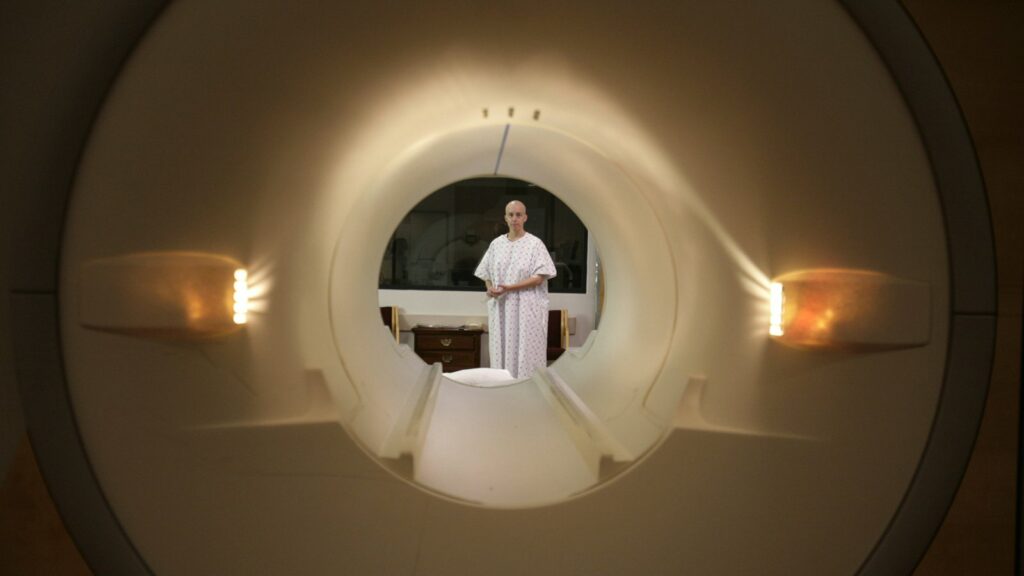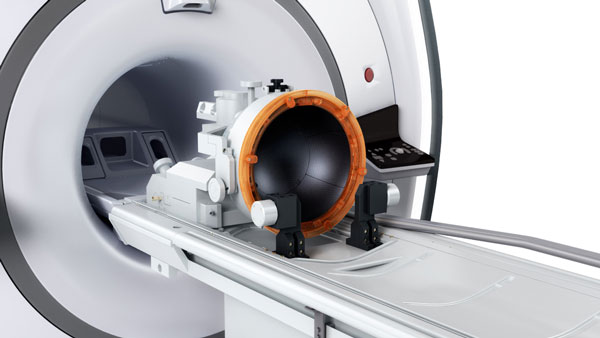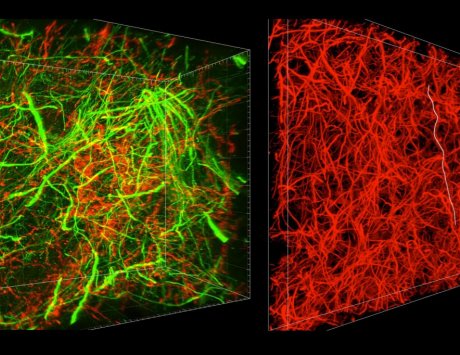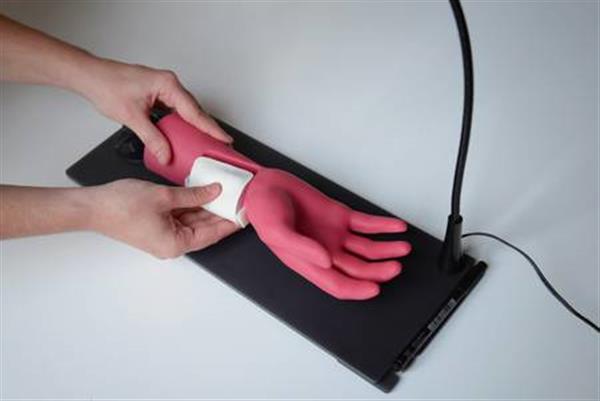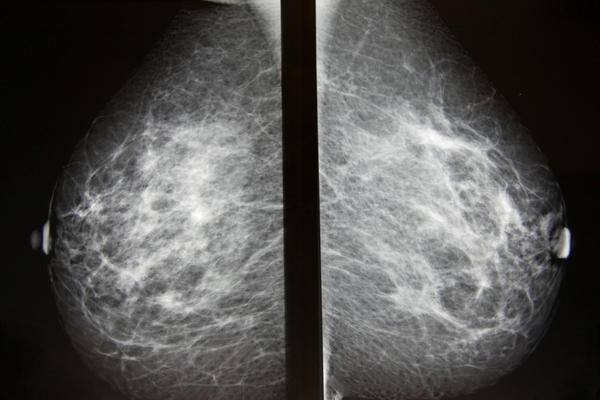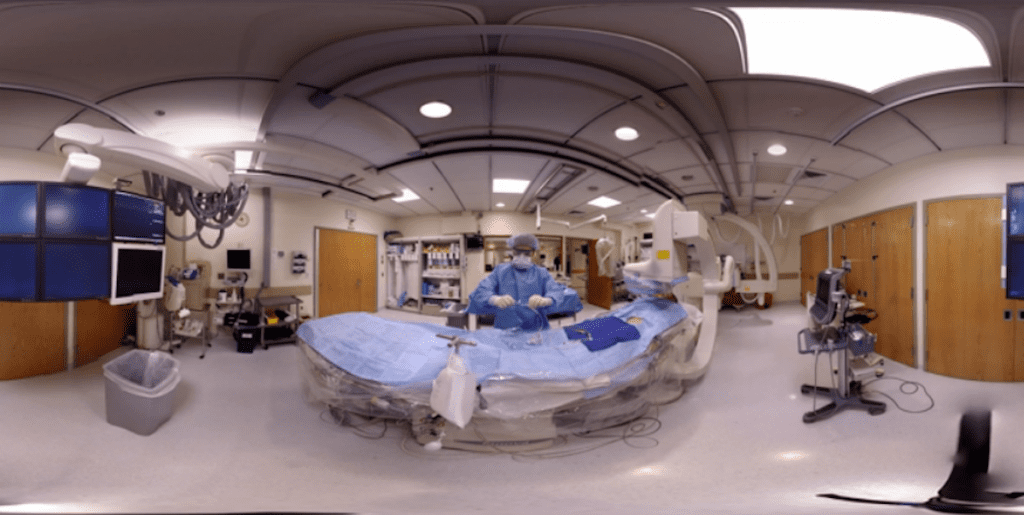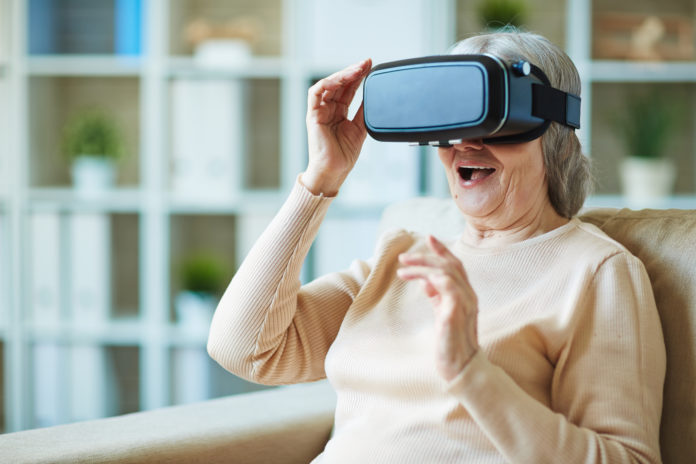Imaging Visualization & Navigation
A deep flaw has been discovered in thousands of neuroscience studies using fMRI
Modern neuroscience would be impossible without functional magnetic resonance imaging, or fMRI. The technique is barely 25 years old, but thousands of studies that use it are published each year. When you see headlines such as “Vegetative state patients can respond to questions” or “This is your brain on writing,” you can be sure that…
Read MoreInSightec’s Ultrasound Tech Wins FDA Nod as Essential Tremor Treatment
InSightec is helping some patients avoid brain surgery by using focused ultrasound to treat essential tremor in a noninvasive manner. InSightec’s Exablate Neuro includes a helmet that circulates cooling water to keep a patient’s scalp from overheating during the focused ultrasound treatment. For patients suffering from essential tremor, brain surgery can be a daunting…
Read MorePortable Ultrasound System Wirelessly Transmits Data to Smart Devices
Healcerion, a company based in South Korea, has developed an ultrasound system that’s no bigger than the transducer itself. The SONON 300C uses a paired tablet or smartphone of your choice as the display, wirelessly transmitting the data to the smart device from where images can be analyzed and shared with others. It weighs only…
Read MoreNew “MAP” technique for brain imaging that allows for zooming in, out at different levels
A new study published in the journal Nature Biotechnology outlines a new method for brain imaging from researchers at the Massachusetts Institute of Technology (MIT). This new method, called magnified analysis of proteome (MAP), makes it possible to look at the brain on multiple scales: at both the molecular and the cellular levels, while also…
Read MoreFrench Startup Biomodex Helping Train Doctors with 3D Printed Organs
3D printing technologies have proved themselves to be beneficial within the medical sector in a number of ways, including the timely manufacturing of custom-designed implants and prosthetics, as well as the creation of bespoke anatomical parts for surgical planning and training. This latter application has the potential to not only help doctors become familiar with…
Read MoreGot Dense Breasts? That Can Depend On Who Is Reading The Mammogram
If you’re a woman who gets screening mammograms, you may have received a letter telling you that your scan was clear, but that you have dense breasts, a risk factor for breast cancer. About half of U.S. states require providers to notify women if they fall into that category. But what you may not know…
Read MoreTufts Medical Center to Help Calm Anxiety with Virtual Reality
Patients often suffer a great deal of anxiety in the moments leading up to a procedure. But what if an individual could scope out the ER, meet her surgeon, and feel out her surroundings months before an appointment? That scenario is becoming a virtual reality at Tufts Medical Center, where a team of physician assistants have enlisted local…
Read MoreVirtual Reality – Why it’s the Future of Healthcare
Will 2016 be a year of virtual reality? This question has been discussed over the last six months in the major media outlets such as Fortune Magazine, BBC, Bloomberg, Venture Beat, and The Guardian. With Oculus Rift coming into retail, new generations of headsets, and growing amount of high-quality content, the technology is becoming a…
Read MoreDiscrepancy Rate Between Residents, Attending Radiologists
Academic radiology departments have traditionally asked trainees to provide after-hours interpretations, with an attending radiologists confirming the findings the following morning. But concerns over quality have led some facilities to employ attending radiologists around the clock. According to a study published by the Journal of the American College of Radiology , however, one institution’s overall…
Read MoreTiny Injectable Camera System for Endoscopes
At the Univesity of Stuttgart in Germany, scientists have created a lens system small enough to be injected through a syringe. It can be attached to the distal end of a fiber optic cable, while at the proximal end a tiny CMOS sensor captures the images. The hope is that the technology will lead to…
Read More
